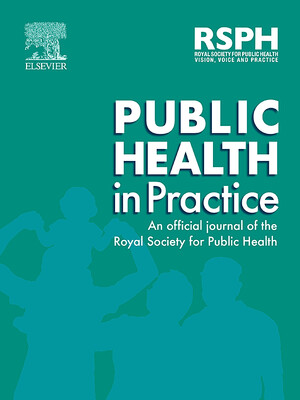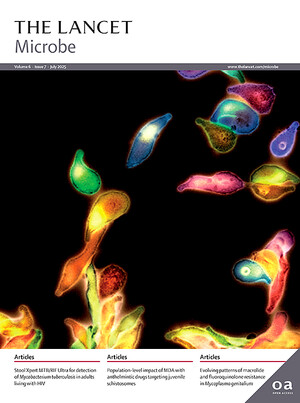
High prevalence of Plasmodium malariae and Plasmodium ovale in co-infections with Plasmodium falciparum in asymptomatic malaria parasite carriers in southwestern Nigeria
Abstract
Asymptomatic malaria parasite carriers do not seek anti-malarial treatment and may constitute a silent infectious reservoir. In order to assess the level of asymptomatic and symptomatic carriage amongst adolescents in a highly endemic area, and to identify the risk factors associated with such carriage, we conducted a cross-sectional survey of 1032 adolescents (ages 10-19 years) from eight schools located in Ibadan, southwestern Nigeria in 2016. Blood films and blood spot filter paper samples were prepared for microscopy and DNA analysis. The prevalence of asymptomatic malaria was determined using microscopy, rapid diagnostic tests (RDTs) and PCR for 658 randomly selected samples. Of these, we found that 80% of asymptomatic schoolchildren were positive for malaria parasites by PCR, compared with 47% and 9%, determined by RDT and microscopy, respectively. Malaria parasite species typing was performed using PCR targeting the mitochondrial CoxIII gene, and revealed high rates of carriage of Plasmodium malariae (53%) and Plasmodium ovale (24%). Most asymptomatic infections were co-infections of two or more species (62%), with Plasmodium falciparum + P. malariae the most common (35%), followed by P. falciparum + P. malariae + P. ovale (21%) and P. falciparum + P. ovale (6%). Single infections of P. falciparum, P. malariae and P. ovale accounted for 24%, 10% and 4% of all asymptomatic infections, respectively. To compare the species composition of asymptomatic and symptomatic infections, further sample collection was carried out in 2017 at one of the previously sampled schools, and at a nearby hospital. Whilst the species composition of the asymptomatic infections was similar to that observed in 2016, the symptomatic infections were markedly different, with single infections of P. falciparum observed in 91% of patients, P. falciparum + P. malariae in 5% and P. falciparum + P. ovale in 4%.
Citation
Abdulraheem, M.A., Ernest, M., Ugwuanyi, I., Abkallo, H.M., Nishikawa, S., Adeleke, M., Orimadegun, A.E. and Culleton, R. 2022. High prevalence of Plasmodium malariae and Plasmodium ovale in co-infections with Plasmodium falciparum in asymptomatic malaria parasite carriers in southwestern Nigeria. International Journal for Parasitology 52(1): 23–33.









